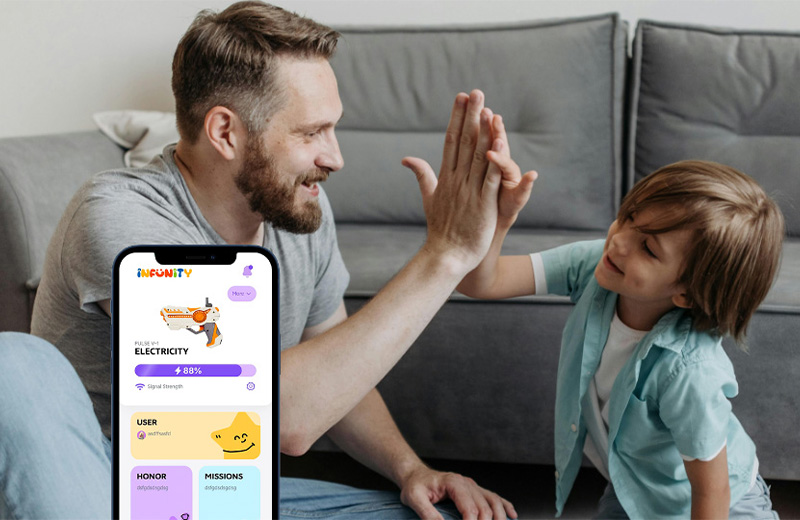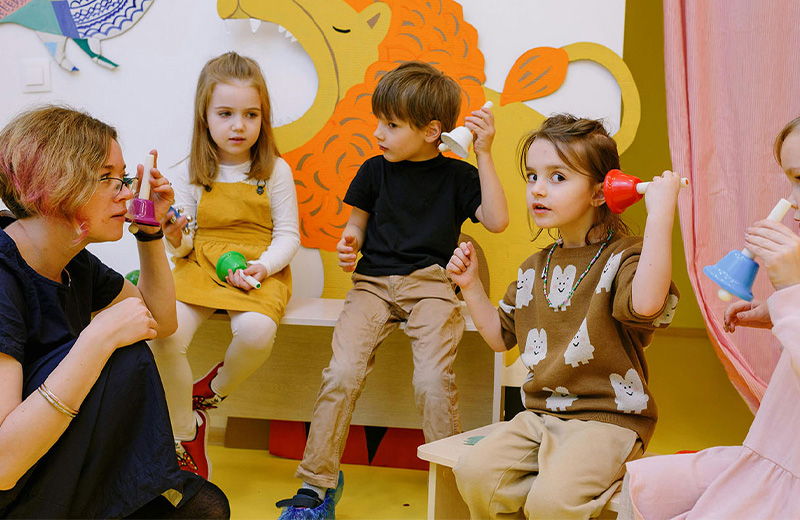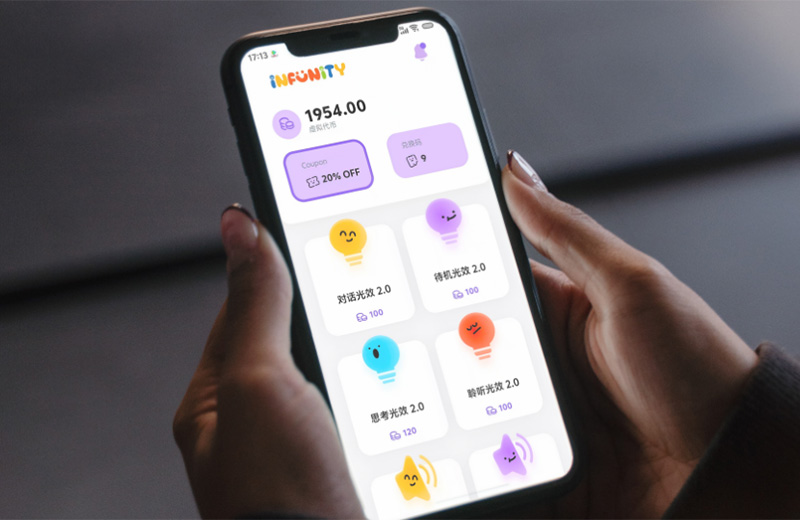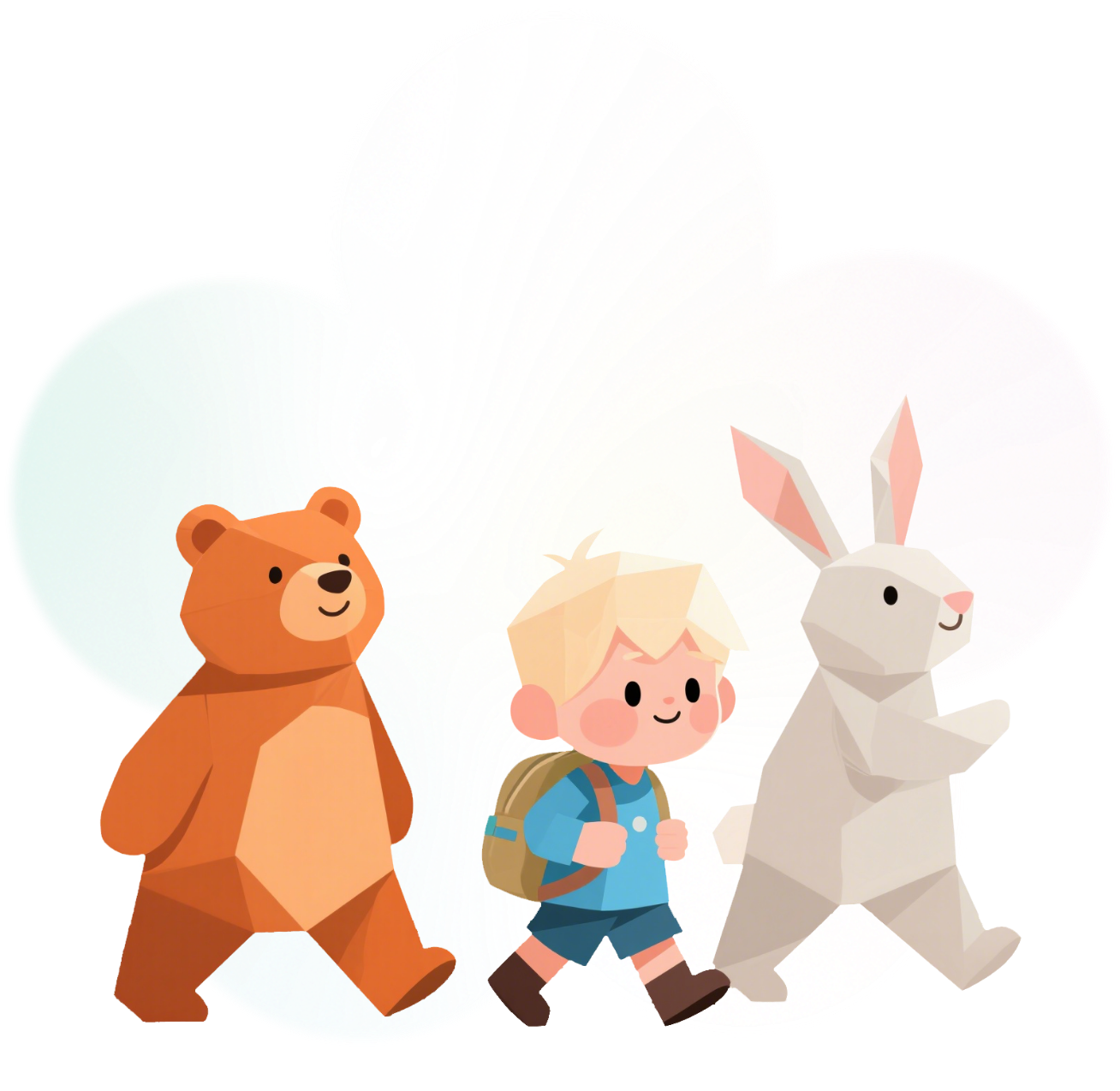From Static Toys to Dynamic Companions
For decades, toys were primarily focused on their physical property—stuffed animals, puzzles, building blocks—highlighting tactile play and companionship. AI toys bring this paradigm to a new levels. With multi-turn dialogue, emotional feedback, and adaptive responses, they function more like interactive partners than passive objects.
According to Statista:
The global smart toy market was valued at $16.5 billion in 2023.
By 2028, it is expected to reach nearly $30 billion.
The compound annual growth rate exceeds 12%.
In China, adoption remains relatively low, but momentum is building. The industry is moving from simple “early education machines” toward richer AI-driven experiences.
Why AI Toys Matter
Smartphones revolutionized access to information—but they also introduce children to screens too early. AI toys offer a different approach: screen-free intelligent interaction, balancing learning with healthier play.
Educational psychology research shows that preschoolers exposed to screens for over two hours daily may experience reduced attention and emotional stability. AI toys, using voice interaction and contextual sensing, can meet communication and exploration needs without adding to screen dependence. This offers children entertainment while safeguarding healthy growth.

Industry Hurdles
For AI toys to become as ubiquitous as smartphones, they must overcome obstacles:
Affordability: High-quality AI toys often cost $70–$150, still premium for many households.
Content ecosystem: Smartphones thrived on apps; AI toys will need a sustainable flow of educational, social, and entertainment content.
Privacy and safety: Collecting children's voices and behavior data raises concerns that must be addressed transparently.
In short, technology is only the starting point—success depends on aligning with family values, educational goals, and regulatory standards.
INFUNITY's Push
Within this context, INFUNITY is driving commercialization of AI toys. Its first product, the Pulse V-1, officially launches on October 15 and is detailed on its website (https://cn.infunityai.com/). More than a toy, it integrates AI voice, task systems, and interactive feedback, offering both companionship and structured play.
A second product, Obi, is set to debut soon, promising a new form of AI interaction. Through an AI-toy + app model, INFUNITY delivers not only growth reports for parents but also promotes deeper parent-child engagement, making “learning through play” a daily reality.
The Next Childhood Gateway?
Smartphones transformed the path of information. AI toys could change the path of childhood.
If affordability, content, and safety are properly addressed, AI toys may become the first generation of intelligent companions for children—just as smartphones became the first intelligent tool for adults.
AI toys are moving from concept to industry. Parents, educators, and policymakers now face a critical question—to what extent will we bring AI into the childhood of our next generation?




 Recommended for You
Recommended for You
















